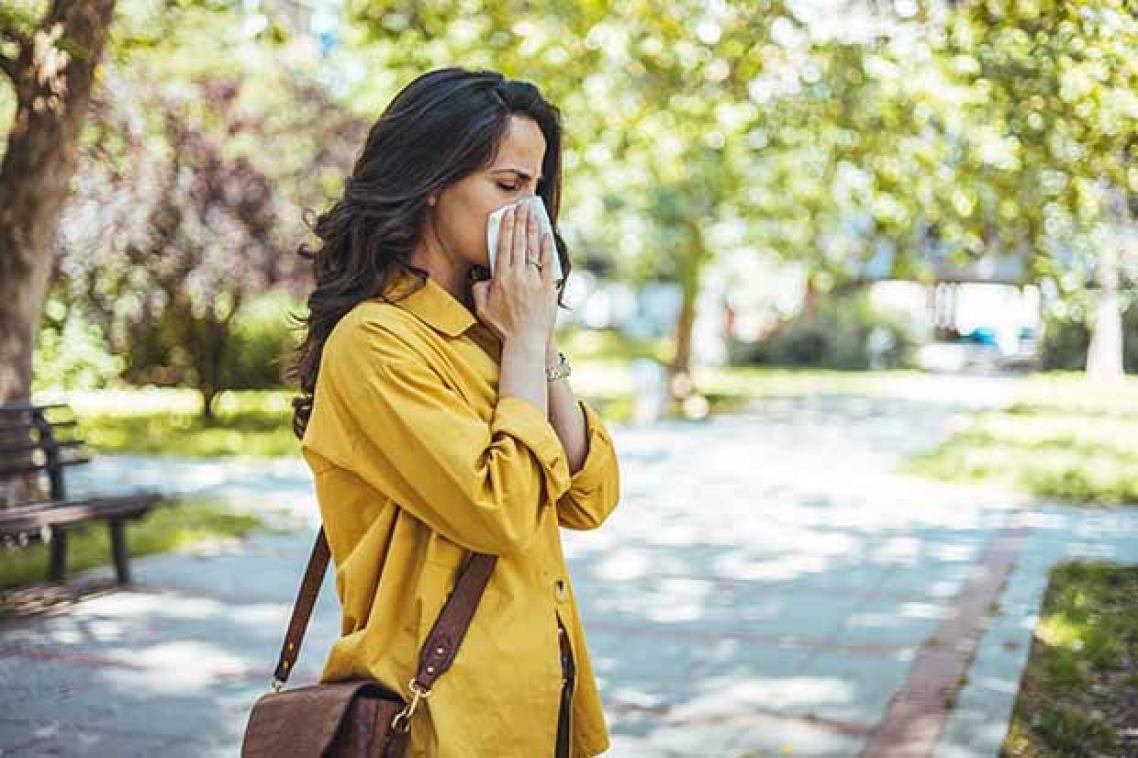Climate change causes longer pollen seasons in capital cities

A University of Queensland study has revealed Australian capital cities are experiencing longer pollen seasons due to climate change.
Using up to 3 decades of data, researchers examined pollen concentrations in Sydney, Melbourne, Canberra and regional Victoria to determine the impacts of weather patterns and climate change.
Associate Professor Nicholas Osborne from UQ’s School of Public Health said while levels fluctuated, grass pollen concentration increased in Canberra by about 200 per cent compared to the previous decade, while Sydney experienced a 34 per cent increase. Meanwhile, Melbourne recorded a 13 per cent decrease per decade.
“Our findings show that as temperatures rise across the globe, pollen seasons are expected to be longer which will make it challenging for people with allergies, asthma and other respiratory conditions,” Dr Osborne said.
“Many studies suggest climate change is increasing pollen levels, but we found the cause is much more complicated and is dependent on the type of pollen and weather patterns specific to that region.
“We examined grass and general pollen levels, and we found grass pollen concentrations – which causes more allergies – could be lower in periods of drought.”
Dr Osborne said when examining general pollen concentrations, they found an increasing number of days with high levels in Canberra.
“Our data also showed Melbourne experienced earlier and longer core pollen seasons.
“Our findings suggest this is because climate change is having a bigger impact in southern regions further from the equator.
“We were also able to pinpoint that spring rainfall was linked to an increase in grass pollen concentration.’’
Dr Osborne said extreme weather events such as droughts, heavy rainfall and El Niño weather patterns were also changing airborne pollen concentrations.
Arzoo Dhankhar from the School of Public Health and the Indian Institute of Technology Delhi said the concentration of pollen in the atmosphere was determined by weather, climate, land use and human activities.
“The findings from this study provide valuable insights for health professionals, urban planners and researchers, especially when we look at ways to manage health risks posed by allergenic pollen in a changing climate,” Ms Dhankhar said.
“Pollen can trigger allergic reactions in people including hay fever, asthma attacks, sinus infections, skin issues, sneezing and wheezing, and can hamper the quality of life.
“Higher pollen counts can also cause an increase in hospital admissions and emergency visits, putting strain on health systems.
“The more we know about what causes pollen concentration fluctuations, the better we can prepare health systems, support more low-exposure urban planning designs, educate the public, promote earlier intervention methods and collaborate across all sectors on a more targeted and coordinated response.”
The research is published in Science of the Total Environment.
Media contact
UQ Communications
communications@uq.edu.au
+61 429 056 139
Related articles

Nature versus nurture question addressed in landmark study

Brazil claims to be an environmental leader. Are they?
Media contact
UQ Communications
communications@uq.edu.au
+61 429 056 139
